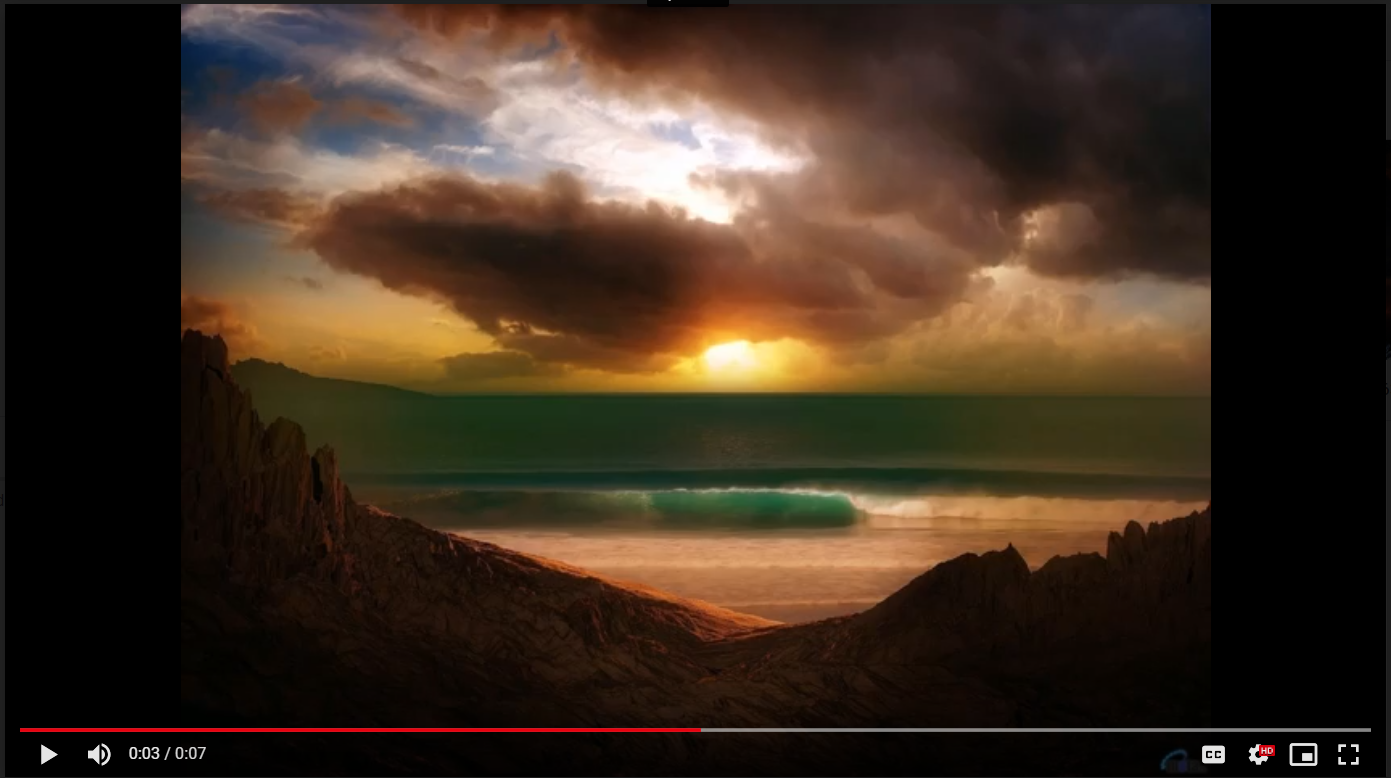Python|使用 OpenCV 使用多个图像创建视频
众所周知,OpenCV 是一个广泛使用的图像处理库。它提供了广泛的图像处理意识。让我们看看如何使用 OpenCV 使用多个图像创建视频。
Install the following libraries:
PIL
cv2
此外,在运行代码之前检查路径,否则您将充满错误。
这个怎么运作 ?
使用 PIL 库,我们打开图像并将它们调整为它们的mean_height和mean_width ,因为将使用 cv2 库创建的视频需要相同高度和宽度的输入图像。
调整大小的图像包含在数组中,视频帧设置为mean_height和mean_width 。然后通过循环,我们将每个图像附加到该帧。
下面是实现:
# importing libraries
import os
import cv2
from PIL import Image
# Checking the current directory path
print(os.getcwd())
# Folder which contains all the images
# from which video is to be generated
os.chdir("C:\\Python\\Geekfolder2")
path = "C:\\Python\\Geekfolder2"
mean_height = 0
mean_width = 0
num_of_images = len(os.listdir('.'))
# print(num_of_images)
for file in os.listdir('.'):
im = Image.open(os.path.join(path, file))
width, height = im.size
mean_width += width
mean_height += height
# im.show() # uncomment this for displaying the image
# Finding the mean height and width of all images.
# This is required because the video frame needs
# to be set with same width and height. Otherwise
# images not equal to that width height will not get
# embedded into the video
mean_width = int(mean_width / num_of_images)
mean_height = int(mean_height / num_of_images)
# print(mean_height)
# print(mean_width)
# Resizing of the images to give
# them same width and height
for file in os.listdir('.'):
if file.endswith(".jpg") or file.endswith(".jpeg") or file.endswith("png"):
# opening image using PIL Image
im = Image.open(os.path.join(path, file))
# im.size includes the height and width of image
width, height = im.size
print(width, height)
# resizing
imResize = im.resize((mean_width, mean_height), Image.ANTIALIAS)
imResize.save( file, 'JPEG', quality = 95) # setting quality
# printing each resized image name
print(im.filename.split('\\')[-1], " is resized")
# Video Generating function
def generate_video():
image_folder = '.' # make sure to use your folder
video_name = 'mygeneratedvideo.avi'
os.chdir("C:\\Python\\Geekfolder2")
images = [img for img in os.listdir(image_folder)
if img.endswith(".jpg") or
img.endswith(".jpeg") or
img.endswith("png")]
# Array images should only consider
# the image files ignoring others if any
print(images)
frame = cv2.imread(os.path.join(image_folder, images[0]))
# setting the frame width, height width
# the width, height of first image
height, width, layers = frame.shape
video = cv2.VideoWriter(video_name, 0, 1, (width, height))
# Appending the images to the video one by one
for image in images:
video.write(cv2.imread(os.path.join(image_folder, image)))
# Deallocating memories taken for window creation
cv2.destroyAllWindows()
video.release() # releasing the video generated
# Calling the generate_video function
generate_video()
输出: 
从此处获取所使用的输入图像和输出视频的链接。
更好的选择:
如果我们想要更多效果,视频声音,那么最好使用提供这种功能的ffmpeg python library 。